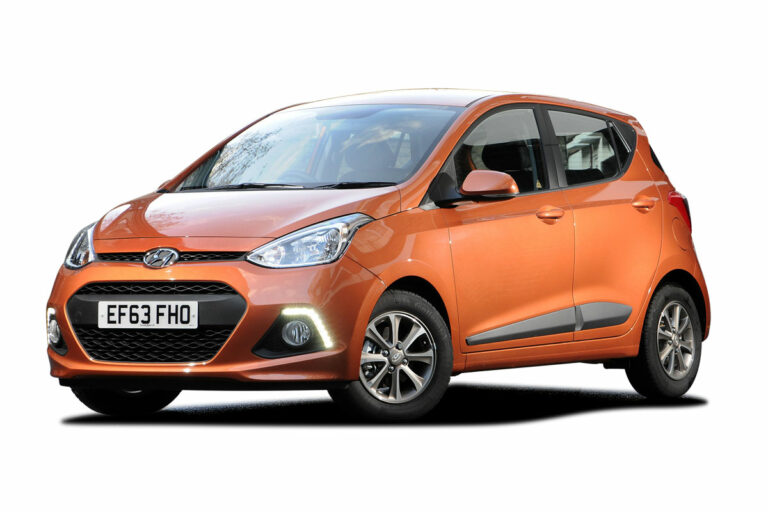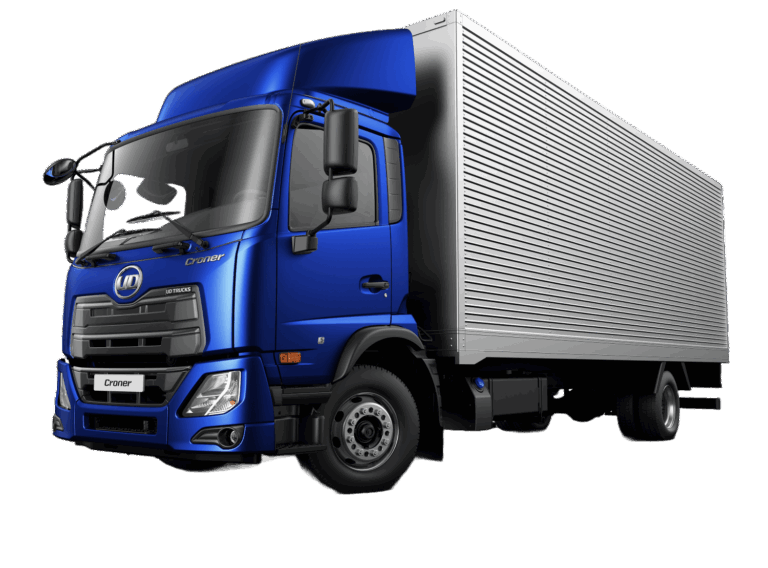U-Haul Car Hauler Prices: Your Comprehensive Guide to Cost and Considerations
U-Haul Car Hauler Prices: Your Comprehensive Guide to Cost and Considerations cars.truckstrend.com
Moving a vehicle, whether it’s across town or across the country, often presents a logistical challenge. For many, U-Haul car haulers emerge as a practical and accessible solution. These robust trailers allow individuals to transport their cars, trucks, or SUVs safely and efficiently behind a rented U-Haul moving truck or a compatible personal vehicle. However, before hitching up and hitting the road, understanding the intricate landscape of U-Haul car hauler prices is paramount. This comprehensive guide will dissect the factors influencing these costs, offer actionable insights, and equip you with the knowledge to make an informed decision for your vehicle transportation needs.
Understanding the Essentials: What is a U-Haul Car Hauler?
U-Haul Car Hauler Prices: Your Comprehensive Guide to Cost and Considerations
A U-Haul car hauler refers to specialized trailers designed for vehicle transportation. U-Haul primarily offers two main types, each with distinct features and pricing structures:
- U-Haul Auto Transport (Car Trailer): This is a full, two-axle trailer with all four wheels of the towed vehicle resting on the trailer. It’s ideal for long distances, larger vehicles, or when you want to minimize wear and tear on the towed vehicle.
- U-Haul Tow Dolly: This is a simpler, lighter, two-wheel trailer where only the front wheels of the towed vehicle are elevated, and its rear wheels remain on the ground. It’s generally more suitable for shorter distances, lighter vehicles, and those looking for a more budget-friendly option.
The importance of understanding their pricing lies in budgeting your move accurately and choosing the most cost-effective solution for your specific circumstances.
Key Factors Influencing U-Haul Car Hauler Prices
U-Haul’s pricing model for car haulers is dynamic, meaning the cost isn’t fixed but fluctuates based on several variables. Knowing these factors can help you anticipate expenses and potentially find ways to save.

1. Rental Type: Local vs. One-Way
- Local Rental: If you pick up and drop off the car hauler at the same U-Haul location, it’s considered a local rental. These are typically priced on a daily rate, often more affordable for short-duration needs.
- One-Way Rental: This is when you pick up the car hauler at one location and return it to a different U-Haul location. One-way rentals are generally more expensive than local rentals because U-Haul needs to account for repositioning the equipment. Their pricing for one-way often involves a flat rate for a specific duration (e.g., 2-5 days) and a fixed mileage allowance, which can vary significantly based on the route.
2. Distance of Travel
For one-way rentals, the distance between your pickup and drop-off locations is a primary determinant of the flat rate. Longer distances naturally incur higher costs.
3. Duration of Rental
While local rentals are typically daily, one-way rentals usually come with a set number of rental days included in the flat rate. Exceeding these days will often result in additional daily charges.
4. Equipment Type: Auto Transport vs. Tow Dolly
As mentioned, the auto transport is larger and more robust, making it generally more expensive to rent than the more basic tow dolly.
5. Availability and Demand
Just like airline tickets, U-Haul prices can be influenced by supply and demand.
- Time of Year: Peak moving seasons (summer months, end of the month, holidays) often see higher prices due to increased demand.
- Location: Prices can vary by region, city, or even specific U-Haul center based on local demand and equipment availability. Renting from a smaller town might sometimes be cheaper than a major metropolitan area.
6. Additional Services and Coverage
- Insurance/Coverage: U-Haul offers various coverage plans (e.g., Safemove®, Safetow®) that protect you against damage to the equipment or your towed vehicle. While optional, these add to the overall cost but can provide significant peace of mind.
- Moving Supplies: Though not directly part of the car hauler price, any additional moving supplies purchased from U-Haul (boxes, blankets, dollies) will contribute to your total expenditure.
Deep Dive into U-Haul Auto Transport Trailer Pricing
The U-Haul Auto Transport is the premium option for vehicle hauling. It’s suitable for most cars, SUVs, and light trucks, offering full protection for the towed vehicle’s tires and drivetrain.
- Local Rental Estimates: For a local, daily rental, an auto transport typically ranges from $50 to $75 per day. This can vary based on location and specific availability.
- One-Way Rental Estimates: One-way auto transport rentals are quoted as a flat rate for a specific route and duration. These rates can range widely, from $150 for a short regional move (e.g., 100-300 miles) to $700 or more for cross-country moves (e.g., 2000+ miles). The quote you receive online will be the total price for the specified route and rental period.
Deep Dive into U-Haul Tow Dolly Pricing
The U-Haul Tow Dolly is the more economical choice, suitable for lighter, front-wheel-drive vehicles. It’s generally recommended for shorter distances, though many use it for longer trips if their vehicle is compatible.
- Local Rental Estimates: A tow dolly is considerably cheaper for local rentals, often ranging from $35 to $50 per day.
- One-Way Rental Estimates: Similar to auto transports, one-way tow dolly rentals are flat-rate quotes. They are consistently lower than auto transport rates for comparable distances. Expect prices to range from $90 for shorter regional moves to $400 or more for cross-country journeys.
How to Get an Accurate U-Haul Car Hauler Quote
Given the dynamic pricing, the most reliable way to determine the exact cost is to use U-Haul’s official website or contact them directly.
- Visit U-Haul.com: Navigate to the "Trailers" section and select "Car Haulers."
- Enter Pickup & Drop-off Locations: Provide the exact cities or zip codes for both your desired pickup and drop-off points. For local rentals, these will be the same.
- Specify Dates: Select your desired pickup date and the estimated number of rental days.
- Indicate Vehicle Being Towed: Crucially, you’ll need to input the year, make, and model of the vehicle you intend to tow. This helps U-Haul determine compatibility with their equipment and your towing vehicle.
- Review the Quote: The system will generate an instant quote, detailing the rental cost, any included mileage/days, and optional coverage plans. This quote is usually quite accurate, though final prices can sometimes be slightly adjusted at pickup based on specific availability.
Tips for Saving Money on U-Haul Car Hauler Rentals
While pricing is dynamic, a few strategies can help you minimize costs:
- Book in Advance: Especially during peak seasons, booking weeks or even months ahead can secure better rates and ensure availability.
- Be Flexible with Dates: If your schedule allows, try to avoid weekend or end-of-month rentals, as these are often in higher demand. Mid-week rentals can sometimes be cheaper.
- Consider a Tow Dolly (If Applicable): If your vehicle and towing needs align with a tow dolly, it’s almost always the more budget-friendly option.
- Compare One-Way Routes: Sometimes, altering your drop-off city slightly to a less in-demand U-Haul location nearby can yield a lower quote. Experiment with neighboring towns.
- Understand Insurance Options: While coverage is highly recommended, avoid paying for coverage you don’t need or already have through your personal auto insurance (check with your provider first).
- Review Your Towing Vehicle: Ensure your personal vehicle is capable of towing the car hauler and the vehicle on it. Renting a U-Haul truck just to tow a car hauler adds significant cost.
Important Considerations Before Renting
Beyond price, several critical factors must be considered for a safe and successful towing experience:
- Towing Vehicle Compatibility: This is paramount. Your towing vehicle must have the adequate Gross Vehicle Weight Rating (GVWR), Gross Combined Weight Rating (GCWR), and a compatible hitch (Class II, III, or IV) with the correct ball size. U-Haul’s website will help you verify compatibility.
- Vehicle Being Towed: Ensure your car, truck, or SUV fits the dimensions and weight limits of the chosen car hauler. U-Haul’s system helps with this, but double-check your vehicle’s specifications.
- Loading and Unloading: Familiarize yourself with the loading and tie-down procedures. U-Haul provides instructions, but practice or watching videos can be helpful. Safety is key.
- Towing Experience: Towing a trailer, especially a heavy one, requires experience. Practice turning, braking, and backing up in a safe, open area before embarking on your journey.
- Legal Requirements: Ensure your setup complies with all state and local towing laws, including proper lighting, safety chains, and potentially brake controllers for heavier loads.
Potential Challenges and Solutions
- Unavailability: During peak seasons, your desired car hauler might be unavailable.
- Solution: Book early, be flexible with dates, or check alternative U-Haul locations within a reasonable driving distance.
- Unexpected Costs: Misunderstandings about mileage, extra days, or insurance can lead to surprises.
- Solution: Read your rental agreement carefully, confirm all charges before signing, and ask questions about the quote breakdown.
- Towing Difficulties: Inexperience can lead to unsafe towing conditions.
- Solution: Watch U-Haul’s instructional videos, read the user manual, and practice in a controlled environment. If unsure, consider hiring professional vehicle transport services instead.
U-Haul Car Hauler Price Estimate Table
Please note: U-Haul prices are dynamic and vary by location, demand, and specific route. The figures below are estimates based on common user experiences and are intended for general guidance only. Always obtain an official quote from U-Haul for accurate pricing.
| Equipment Type | Rental Type | Estimated Daily Rate (Local) | Estimated One-Way Flat Rate Range (Short – Long Distance) | Key Considerations |
|---|





